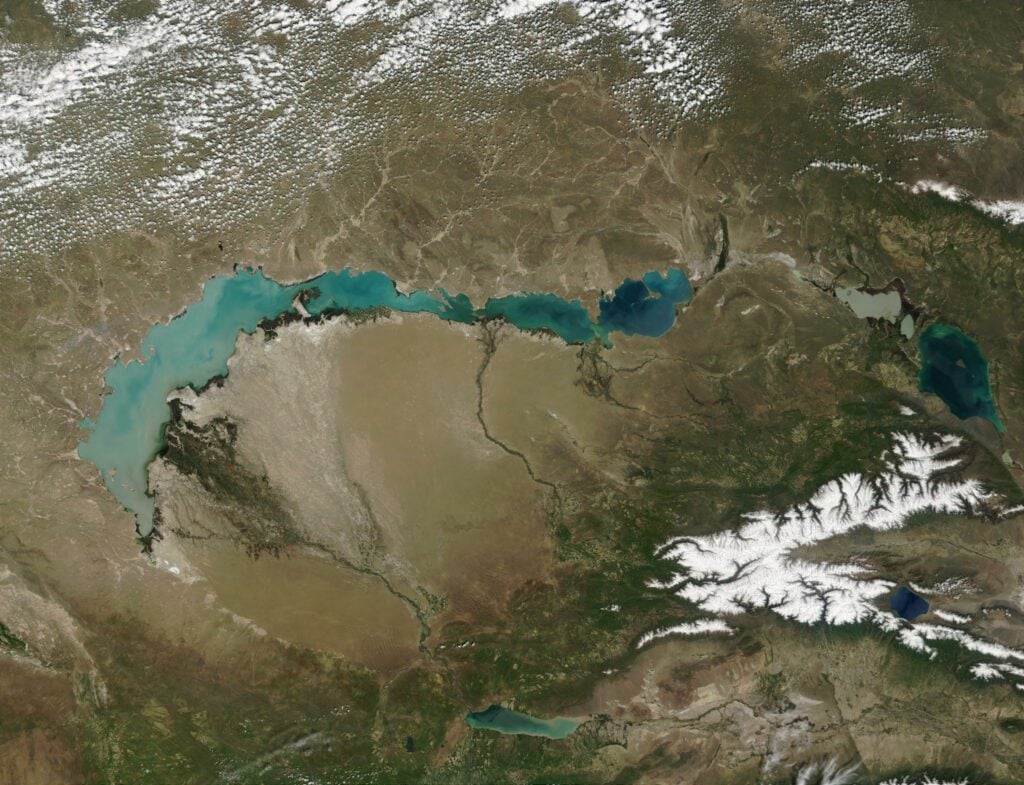Ancient lakes are defined as water bodies that are more than 130,000 years old. They’ve seen countless changes over their long histories, including warming and cooling cycles, wet and dry periods, and altered biology and chemistry. But did you know there are only 20 ancient lakes in the world?
There are only 20 ancient lakes in the world. These are defined as carrying water for more than 130,000 years. There are only three in North America; Tahoe, Tule, Pingualuk. Almost all are tectonic in origin, but two are meteorite craters.
The Ancient Lakes
Despite covering less than 1% of the Earth’s surface area, ancient lakes contain nearly half of the world’s fresh surface water and a significant portion of its freshwater biodiversity.
The lakes also support important economies such as fisheries and tourism. However, Hampton and colleagues discovered that these very uses are degrading the ecological, socioeconomic, and scientific value of many ancient lakes. A National Science Foundation Graduate Research Fellowship Program award to Michael Meyer at Washington State University partly funded the research.
Scientists looked into the water of 20 ancient lakes worldwide. The lakes can be found on almost every continent in various land uses and socioeconomic conditions.
One example is the Caspian Sea, shared by Russia, Kazakhstan, Turkmenistan, Iran, and Azerbaijan. Others, such as Lake Baikal in Russia, have been designated as UNESCO World Heritage Sites. Others, such as Lake Tahoe in California, have thriving tourism industries.
The intent of this review is to evaluate major anthropogenic human-caused threats faced by these unique ecosystems, as well as the ecological changes that have been documented. In doing so, we hope to encourage future comparative ecological studies across ancient lakes worldwide.
Stephanie Hampton, Co-Author, Limnology and Oceanography
(Source: National Science Foundation)
The Threat To Ancient Lakes
Invasive species, warming waters, and various other problems threaten ancient lakes. Nutrient pollution, usually nitrogen or phosphorus from fertilizers, is one of the most widespread.
Freshwater lakes can be oligotrophic, with clear water and low nutrient levels, or eutrophic, with an algae overgrowth fueled by an excess of nutrients. Runoff from the land transports nutrients into rivers and streams, eventually reaching larger bodies of water.
Continued eutrophication effectively kills a lake by depriving its waters of oxygen and rendering fish and other freshwater species unable to breathe. Harmful algae blooms and the resulting dead zones indicate a lake’s distress.
Increasing nutrient concentrations and the consequences of eutrophication have been recorded for most of the ancient lakes, including Victoria on the border of Kenya, Tanzania, and Uganda, Baikal in Russia, Valencia in Venezuela, Titicaca in Peru, and Ohrid in Macedonia, among others is a loss of biodiversity. In Lake Victoria, for example, decreased water clarity has affected the reproduction of endemic cichlid fish, leading to the disappearance of dozens of species
Stephanie Hampton, Co-Author, Limnology and Oceanography
Algae blooms in Lake Baikal threaten what scientists call the extraordinary biodiversity of the nearshore benthos or bottom zone. Impaired water clarity in Lake Tahoe has resulted in population declines of marine invertebrates and other species. (Source: National Science Foundation)
Image from Ru.m.Wikipedia
